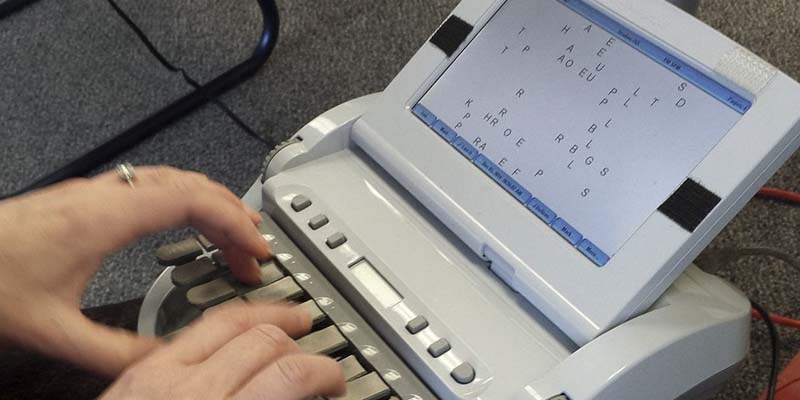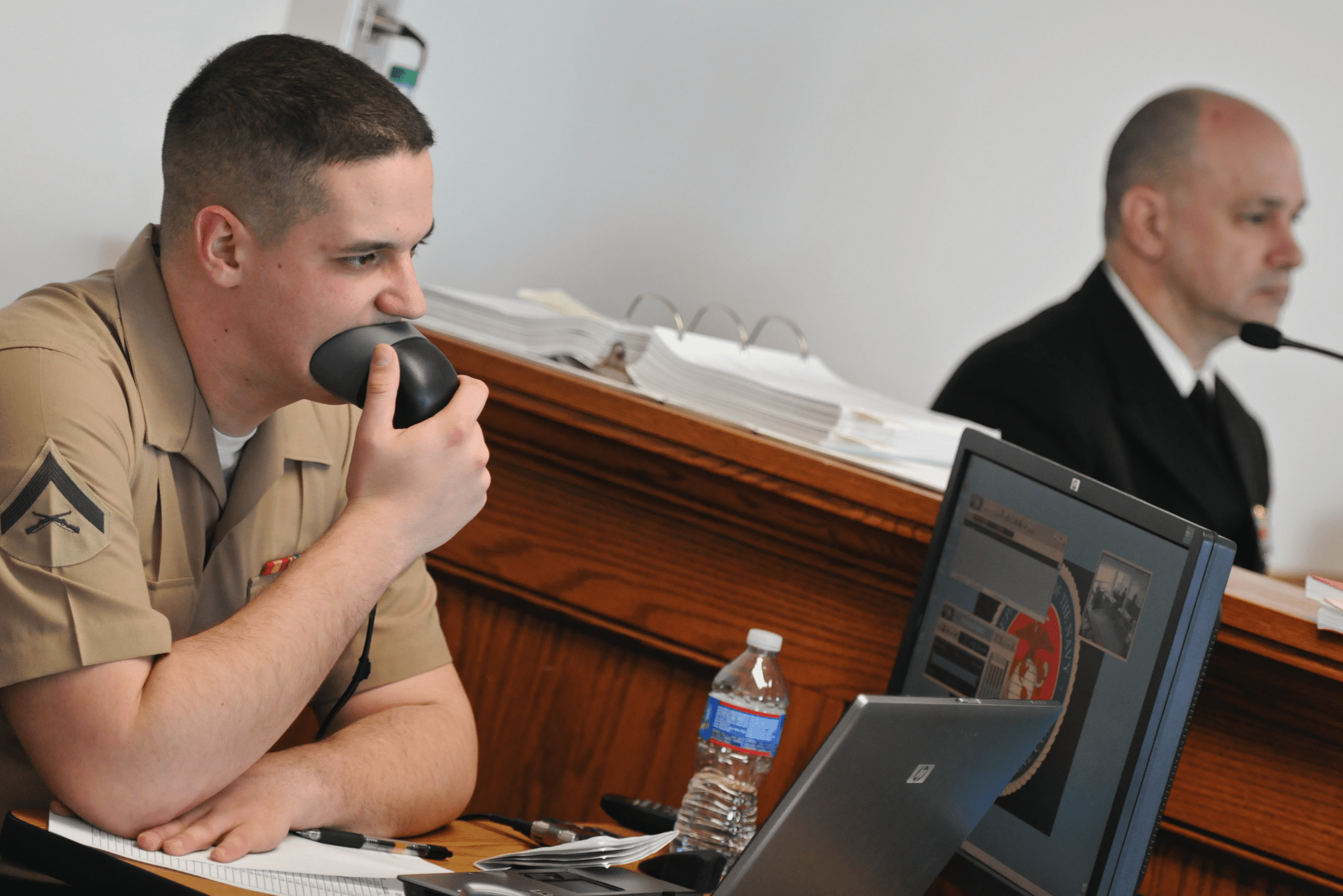Why durham court reporting is crucial for Accurate Legal Transcripts
All About Court Coverage: Crucial Insights for Legal Professionals
Court reporting serves as a vital element of the lawful system, making sure that procedures are properly documented. As modern technology advances, the duties and devices of stenotype reporter are evolving. This improvement calls for lawyers to adapt to new techniques and modern technologies. Recognizing the complexities of court coverage can substantially influence situation outcomes. What important understandings should lawful experts grasp to browse this altering landscape effectively?
The Role of Court Reporters in Legal Proceedings
Stenotype reporter offer as the important voice of the court, recording every spoken word throughout legal process with accuracy and accuracy. They transcribe statements, legal debates, and judges' judgments, ensuring that a complete document is maintained. This documents is essential for allures, supplying a clear account of what taken place during hearings and trials. Court press reporters need to have outstanding listening skills and a comprehensive understanding of legal terms to facilitate exact reporting. They frequently work under pressure, needing concentration and speed to equal the discussion. Their transcripts function as official documents, which can be referenced long after the proceedings conclude. Along with their transcription obligations, court press reporters may additionally offer real-time coverage, allowing judges and attorneys instant access to the spoken word. Overall, their function is vital in supporting the honesty and transparency of the judicial procedure, contributing significantly to the legal profession.

Technology Changing Court Reporting
As modern technology advancements, the landscape of court coverage is undertaking a considerable transformation, improving the performance and accuracy of lawful documents. Digital tools such as real-time transcription software program enable court press reporters to supply immediate text result throughout proceedings, enabling lawyers to gain access to info immediately. Moreover, remote coverage capacities have emerged, assisting in engagement from various places with safe and secure video clip conferencing platforms.
Expert system is likewise making strides, with algorithms capable of aiding in transcription procedures and making sure higher precision in capturing spoken dialogue. Furthermore, cloud storage services supply safe accessibility to instance documents, simplifying cooperation in between lawyers and stenotype reporter.

These technological innovations not just enhance process but also reduce the possibility for human mistake, ultimately contributing to an extra efficient legal system. The integration of innovative modern technology right into court reporting is establishing brand-new requirements for accuracy and performance in legal documentation, mirroring the progressing demands of the career.
Finest Practices for Working Together With Court Reporters
Effective cooperation with court reporters is vital for assuring accurate and prompt legal documents. Lawyers must start interaction early, supplying reporters with appropriate case information, including names, days, and specific terms. This foundational info allows press reporters to prepare effectively, minimizing the chance of errors.
Additionally, preserving open lines of communication throughout proceedings promotes an efficient atmosphere. When needed, lawful professionals must urge court reporters to ask concerns or look for information. This technique not only improves precision yet also enhances the functioning relationship.
Furthermore, examining records promptly is critical. Attorneys must give positive feedback to reporters, highlighting any inconsistencies or locations for enhancement. This joint strategy aids press reporters improve their abilities and guarantees future work meets the required standards.
Lastly, appreciating target dates and recognizing the press reporters' expertise add to a positive and reliable partnership, eventually benefiting the entire legal procedure.
Comprehending Different Kinds of Court Coverage Solutions
Various types of court coverage services accommodate various legal needs, each offering one-of-a-kind advantages and performances (durham court reporting). Conventional stenographic coverage is one of the most common method, making use of a stenographer that records spoken words right into composed message throughout court proceedings. This solution offers real-time transcripts, making it possible for immediate accessibility to procedures
Another alternative is digital coverage, which utilizes audio recording technology in addition to transcription services. This approach can be a lot more affordable and works for recording lengthy sessions where verbatim message is not quickly needed.
Additionally, some solutions focus on digital or remote coverage, suiting scenarios where participants can not be literally present.
Last But Not Least, CART (Interaction Gain Access To Realtime Translation) solutions offer real-time transcription for people with hearing problems, guaranteeing access during legal process. Each kind of court reporting service plays a critical function in the lawful procedure, boosting communication and paperwork.
The Future of Court Coverage in the Lawful Sector
While improvements in modern technology proceed to improve several industries, the future of court reporting in the lawful sector is poised for significant change. durham court reporting. The enhancing integration of expert system and automated transcription services is expected to boost performance and precision in court reporting. These tools can improve the documentation process, enabling attorneys to concentrate on even more complicated tasks
Remote court coverage has actually gotten traction, particularly in feedback to the COVID-19 pandemic. Digital hearings and depositions are likely to become commonplace, view it now demanding stenotype reporter to adapt to new modern technologies and systems.
As the demand for real-time coverage and immediate Full Article access to records expands, court reporters will certainly require to hone their abilities in electronic proficiency and information monitoring - durham court reporting. The progressing landscape provides both tests and opportunities, ultimately redefining the function of stenotype reporter within the lawful sector. Embracing these adjustments will be essential for keeping importance and delivering quality service
Often Asked Questions
What Credentials Do Court Reporters Required to Practice Expertly?
Stenotype reporter usually need a secondary school diploma, specialized training in court coverage, and qualification. Effectiveness in stenography or voice writing, together with strong language abilities, is vital for accurate transcription in lawful setups.

Just How Much Do Court Coverage Services Usually Price?
Court reporting solutions typically set you back in between $100 to $300 per hour, depending upon factors such as experience, area, and complexity of the case. Added costs might request transcription and expedited services.
Can Court Reporters Operate In Non-Legal Setups?
Yes, court reporters can work in non-legal settings, such as shut captioning for television, transcription services for seminars, and developing subtitles for video clips. Their skills in precise documents are useful in various industries.
What Is the Average Turn-around Time for Transcripts?
The average turn-around time for records commonly ranges from 24 hr to a week, depending on aspects such as the length of the procedures, complexity, and the stenotype reporter's work. Timeliness is crucial in lawful settings.
Do Court Reporters Give Services in Numerous Languages?
Court reporters can offer services in several languages, depending upon their credentials and know-how. Several are trained to record in various click here for info languages, boosting accessibility and making sure precise documentation in diverse legal procedures across various linguistic histories.
Court press reporters serve as the critical voice of the courtroom, recording every spoken word during legal process with precision and precision. Court press reporters have to have remarkable paying attention skills and an extensive understanding of lawful terms to help with accurate coverage. Digital tools such as real-time transcription software program allow court press reporters to provide instant message outcome during proceedings, allowing legal experts to gain access to information immediately. Various kinds of court reporting solutions provide to different lawful requirements, each offering distinct advantages and performances. Court reporters normally need a high institution diploma, specialized training in court reporting, and qualification.